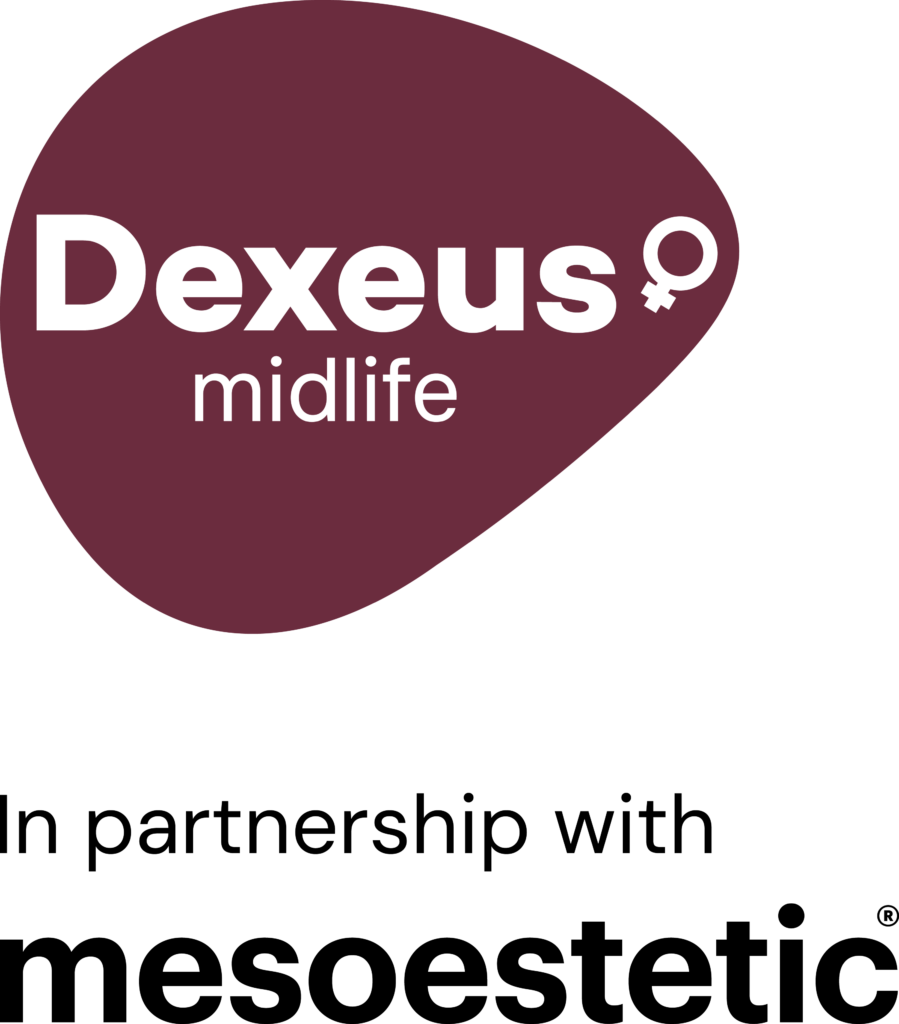The pelvic floor is a group of muscles and structures that support the organs in the pelvic area: the bladder, the reproductive system and the rectum. Keeping these muscles in shape is essential for all of them to function normally. Sphincter control and sexual and sensory function in the vaginal area depend on it.
Pregnancy and childbirth have an impact on this area, yet it is not only a problem associated with motherhood: a sedentary lifestyle, chronic constipation and intensive or continuous impact sports, such as jogging, can also weaken it. Likewise, muscle strength and mass are lost during menopause due to the drop in oestrogen production, which means it is also a good idea to have a check-up.
At our clinic we have a specialised Pelvic Floor Physiotherapy Unit which can give you an initial assessment and suggest a range of treatment options.
What it is
First of all, there is an initial assessment visit, which includes an interview to complete your medical history and an external and internal genital examination whenever possible. Treatment and the guidelines to be followed in each case are then discussed.
A number of techniques can be used:
Manual techniques
They are normally used mainly on the pelvic floor, abdominal area and diaphragm. External and internal techniques are essential for effective assessment and treatment of the perineal area in particular.
Perineal massage
Perineal massage makes tissues more flexible and increases the elasticity of the perineum. It helps to relax the area.
External and internal myofascial techniques
They are very gentle and pleasant and are used to work on fascia and internal tissues, improving their oxygenation and mobility.
EMG and/or manometric biofeedback
Designed to improve awareness of the pelvic floor muscles and the quality and intensity of contraction coupled with relaxation.
Electrostimulation
Intended to improve proprioception. It helps to stimulate some reflexes and improve the strength, endurance and tone of the pelvic floor muscles. It can also be used for its pain effect.
Specific exercises
Exercises for working at home on pelvic floor awareness, mobility or toning.
Hypopressive abdominal techniques
These are particularly suitable for working on the stabiliser muscles and are based on postural and breathing exercises.
Instrumental techniques
Besides electrostimulation, treatment can be complemented with vibration therapy to improve awareness and tone of the musculature. In other cases where there is poor elasticity, dildos are recommended for stretching and massaging the perineal area.
Evaluating and working on the thoracic diaphragm
It is designed to improve its function and help with proper breathing.
Who is the treatment intended for?
- The treatment is indicated for:
- Vulvovaginal atrophy.
- Vulvar lichen sclerosus.
- Enuresis.
- Sexual dysfunction.
- Stress urinary incontinence.
- Urge urinary incontinence.
- Mixed urinary incontinence.
- Pelvic floor disorders (cystocele, uterine prolapse, rectocele).
- Haemorrhoids.
- Chronic constipation.
- Abdominal separation.
- Postpartum.
Expected outcome
The goal is to restore the functionality of the urogenital area, increase awareness, reeducate posture, address habits that have a negative impact and restore the tone of the pelvic floor muscles.
Side effects
- Most of the techniques used have no adverse effects and are well tolerated. However, the usual precautions for any treatment should be taken: patient allergies or hypersensitivity.
FAQs
How many pelvic floor physiotherapy sessions are needed to start noticing results?
It depends on each case and the source of the problem. At least 10 sessions are generally recommended followed by an assessment based on the response to the treatment.
Should I go to the doctor first for an assessment or can I make an appointment directly with the physiotherapist?
You can make an appointment directly, although if it is the first time you have visited the service or if you have any questions, it is advisable to see your gynaecologist first and they will refer you to the physiotherapist.
Can the pelvic floor be assessed by any physiotherapist?
No; they must be a pelvic floor specialis.
If I am pregnant, should I ask for an assessment before or after delivery?
As a general rule, it is advisable to have an initial assessment before the birth and another one afterwards. In our clinic, postpartum pelvic floor assessment is part of the protocol for follow-up visits and medical supervision.
Are there any physiotherapy techniques used in these cases that are contraindicated?
Yes. Electrostimulation is contraindicated in cases of suspected infection, during pregnancy and in patients with pacemakers.
If I am in menopause and I have vaginal dryness or pain on contact, could pelvic floor physiotherapy treatments using manual or instrumental techniques be uncomfortable?
It is not common as the physiotherapists who work on the pelvic area are well aware of the problems of this stage and are especially careful when performing an examination or carrying out any kind of therapy. It is crucial that you trust the therapist and let them know what you are feeling during the examination or treatment to enable them to adopt the appropriate techniques.
Discover the experiences of our patients
I recommend it 100%
“Lorem ipsum dolor sit amet, consectetur adipiscing elit. Curabitur consectetur euismod tellus, vel pretium nulla. Vestibulum lobortis venenatis erat vel rhoncus. Phasellus volutpat tortor vitae nisl pharetra tristique. Sed ac nisi congue, posuere felis tincidunt, consequat risus. “
Carmen Rodríguez, Barcelona
Related treatments
Functional Magnetic Stimulation Chair
Functional Magnetic Stimulation Chair
Functional magnetic stimulation is a technique that uses electromagnetic fields of different intensity to tone the pelvic floor muscles....
Read moreFunctional recovery laser treatment
Functional recovery laser treatment
Laser treatment induces a regenerative response at the cellular level that favours the synthesis of collagen and vascularisation of tissues,...
Read more
